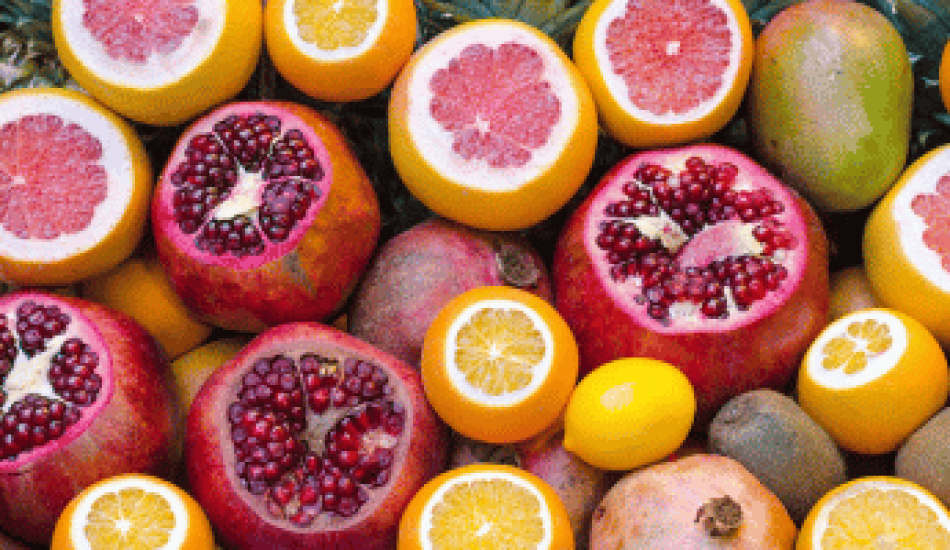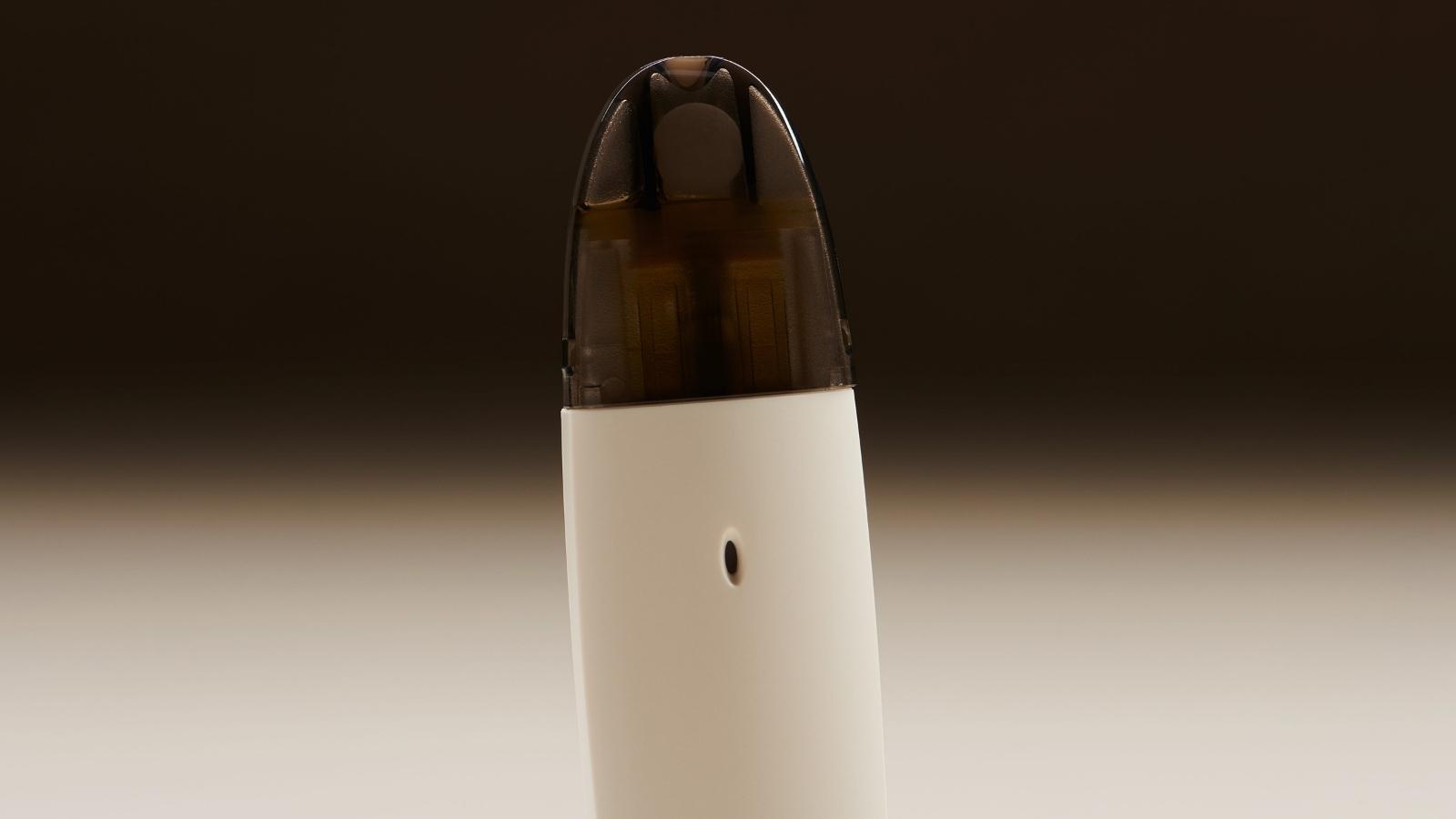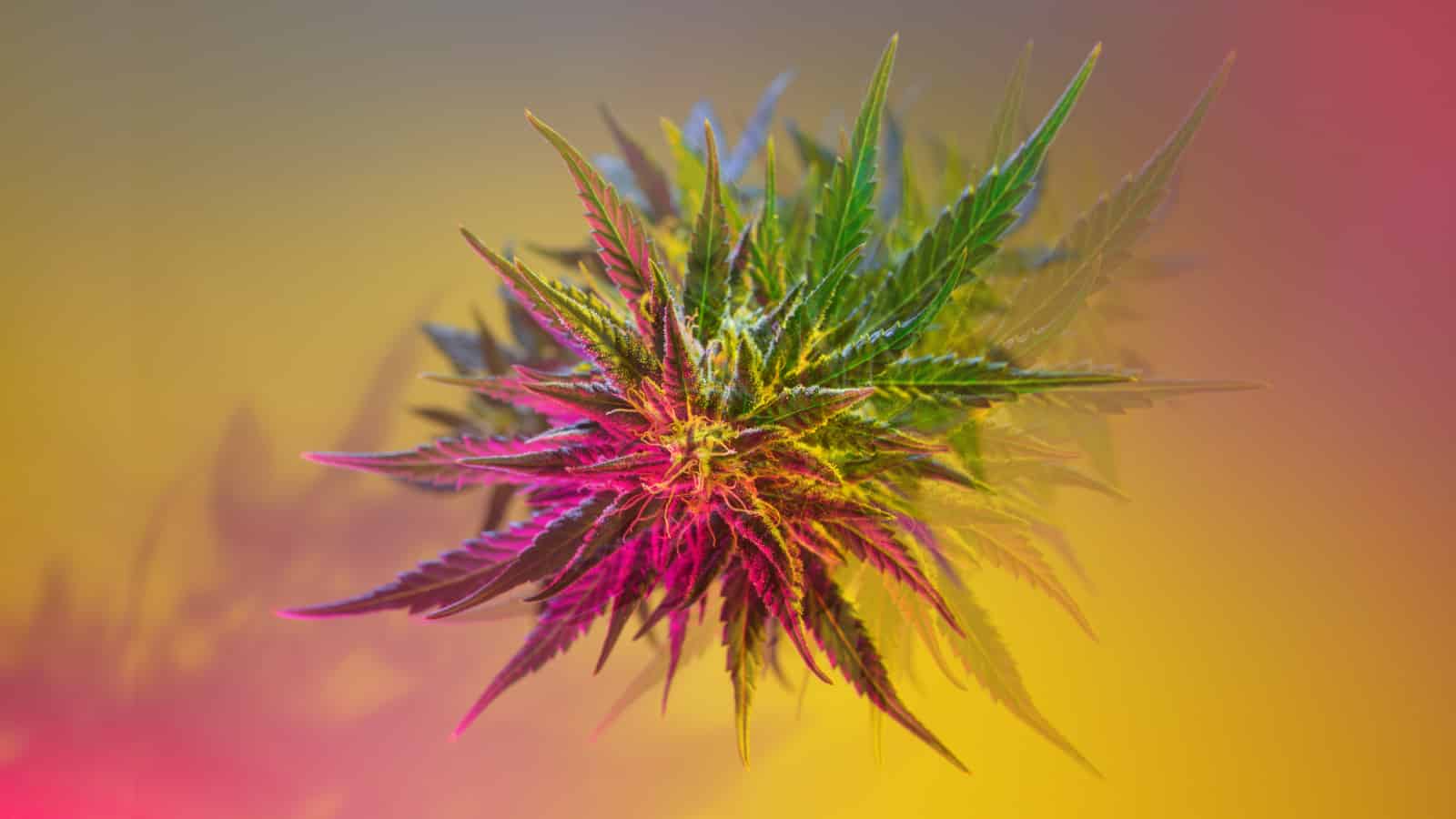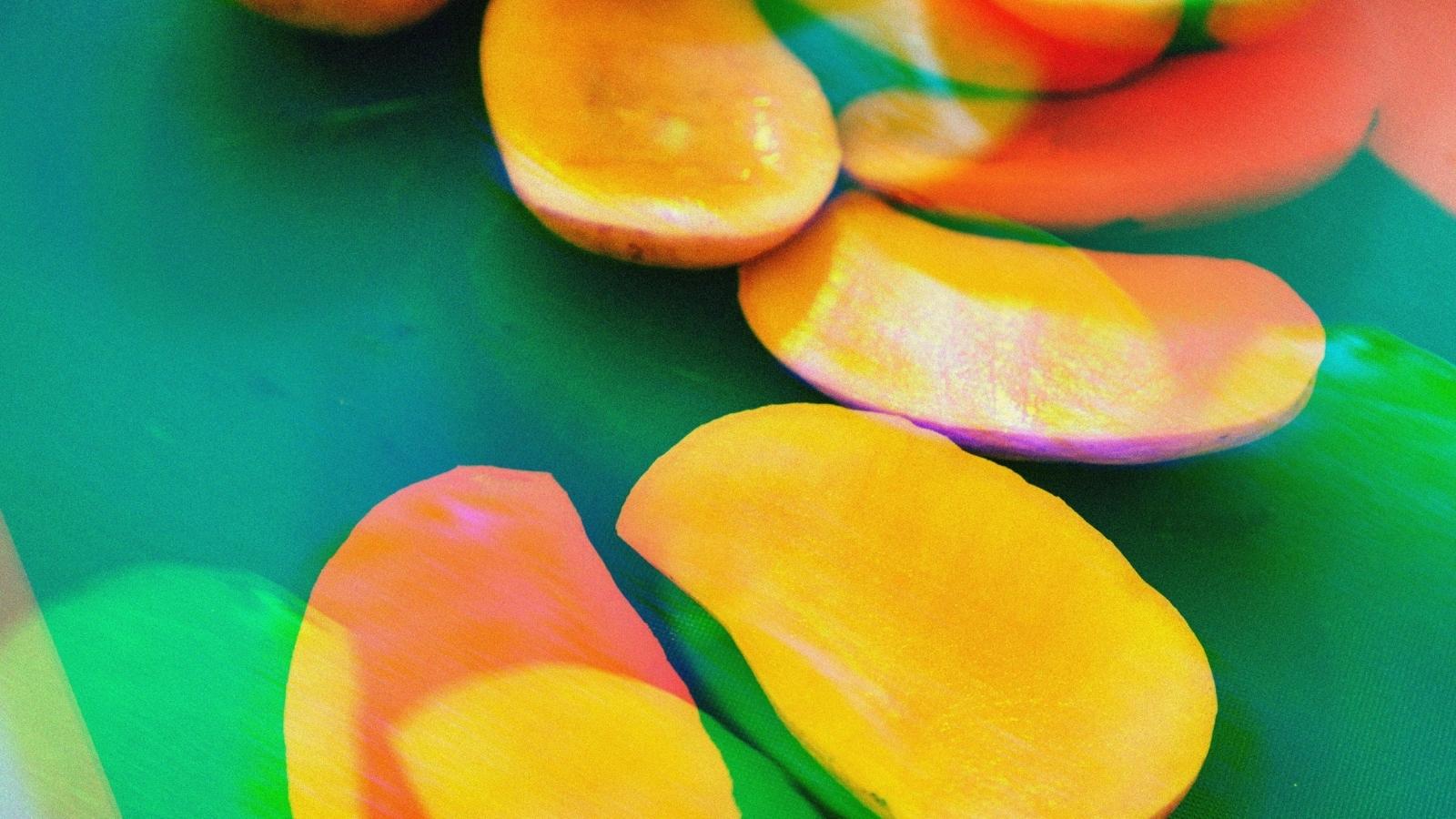Sativas vs Indicas
In order to understand the science behind sativas, we must first understand how cannabis strains are classified.
From a scientific perspective, the actual difference between sativa and indica is unclear. Some studies have indicated that indica has a higher level of CBD while sativa has a higher level of THC. Physically, sativa plants seem to grow tall and thin while indica plants are short and wide. However, these studies have not been conclusive and specific genetic differences between the two strains have not been identified.
Sativa/Indica classifications don’t have an effect on your high because these are classifications based solely on the phenotype of the plant. Sativa & Indica are outdated classifications of cannabis strains based solely on physical characteristics of the plant. But, its the chemical characteristics of the plant that interact with our endocannabinoid system, not the physical phenotype.
The only observed distinction between the two strains has been based on the taxonomy. Sativa is the original name of the hemp plant; at the time of discovery, there was no idea that multiple categories of cannabis existed. Shortly after the “Cannabis Sativa” plant was discovered in Europe, a new form of cannabis was discovered in India. This form was called “indica”. What that means is that the only real difference between the two groups of cannabis is the name and where it was discovered.
If the only difference is the name, why do we see such a strong distinction between the two types of strains? The effects of sativas and indica are considered different because the observed effects, shared by thousands of cannabis users, have been different. There are specific properties associated with each type of strain. The easiest way to remember the difference is that sativas are thought to give a “mind high” while indica are thought to be more of a “body high.”
The Lock & Key Analogy
Terpenes seem to provide the clearest explanation for the observed effects of these two categories within cannabis. Terpenes are the aromas of the plant that gives each strain it’s individual characteristics, both in terms of the flavor as well as the effects. For example, pinene is a terpene that reportedly has certain effects on the mind (it also smells like pines). These effects include alertness, memory retention, and general euphoria. One of the most common sativa strains, Jack Herer, is known to have a heavy concentration of pinene within it’s own terpene mix. As a result, the majority of Jack Herer users agree that the strain makes them feel creative, uplifted, and energetic.
One of the best analogies to explain how terpenes work is that of a lock and a key. Your brain has a concentration of receptors that are affected by THC. When you smoke, these receptors activate and essentially create the “high” feeling that you experience. As such, you can imagine the receptors in your brain as the lock, and the THC as the key. Now, in order for this key to be effective, there must be certain terpenes present that help facilitate the action of opening the lock. The type of terpenes, along with the concentration of terpenes in each mix, can help determine what kind of “high” you get as well as how intense your high is.
Sativa, as it’s Known Now
Sativas contain a high concentration of terpenes such as pinene that create an uplifting, euphoric “high” experience. Sativas also have a low concentration of terpenes such as myrcene, which can be used to combat pain and typically has some sedative effects. These terpenes are the ones that make up indica strains instead of sativas, which explains why indica is associated with pain relief as well as the feeling commonly known as “couch-lock.” The distinction in the mix of these terpenes define sativas and indicas.
Sativas can be used in a wide variety of applications. Because sativa strains tend to stimulate creativity, artists gravitate towards these strains to help inspire their work. Athletes can use sativa as a supplement in their workouts because it allows them to feel alert without worrying about the sluggish effects of an indica. The group that potentially benefits the most from sativas are working professionals because sativas counteract the effects of working at a desk in front of a computer for the majority of the day. They promote the mental acuteness necessary to perform mentally-taxing jobs that office workers are accustomed to (as opposed to physical labor).
Consuming Sativa
One of the primary issues with an unregulated market, particularly an unregulated market that depends on a plant, is that consistency is very difficult to achieve. For example, trying a Blue Dream strain from one collective in Los Angeles may be completely different from the Blue Dream strain at the next collective down the street. Why does this happen? Producers of marijuana products are not held to any particular standards. There is no governing body like the FDA to control the production. In large consumable industries such as food and alcohol, this inconsistency almost never exists. A Budweiser that you buy in New York is the same as the Budweiser that you buy in San Francisco.
As a result, one of the most effective ways to consume sativas is with concentrates. The reason concentrates are effective is because the producers have the ability to control both the process around extracting the THC as well as the terpene content of the end product. Growing a flower often depends on controlling the effects of nature, such as the moisture content in the soil, the origin of the seeds, the amount of light, etc etc. In contrast, concentrates are often produced in clear steps. First, the THC is isolated from the plant using one of the common solvents (BHO, CO2, ethanol, etc). Then, terpenes and fillers (such as propylene glycol) are added to the concentrate. Concentrate producers are able to control the mix of THC and terpenes that ultimately determine the effects of the product. As the consumer, it is important to understand that cannabis concentrates may be the most consistently effective ways to experience the psychoactive effects of THC.








